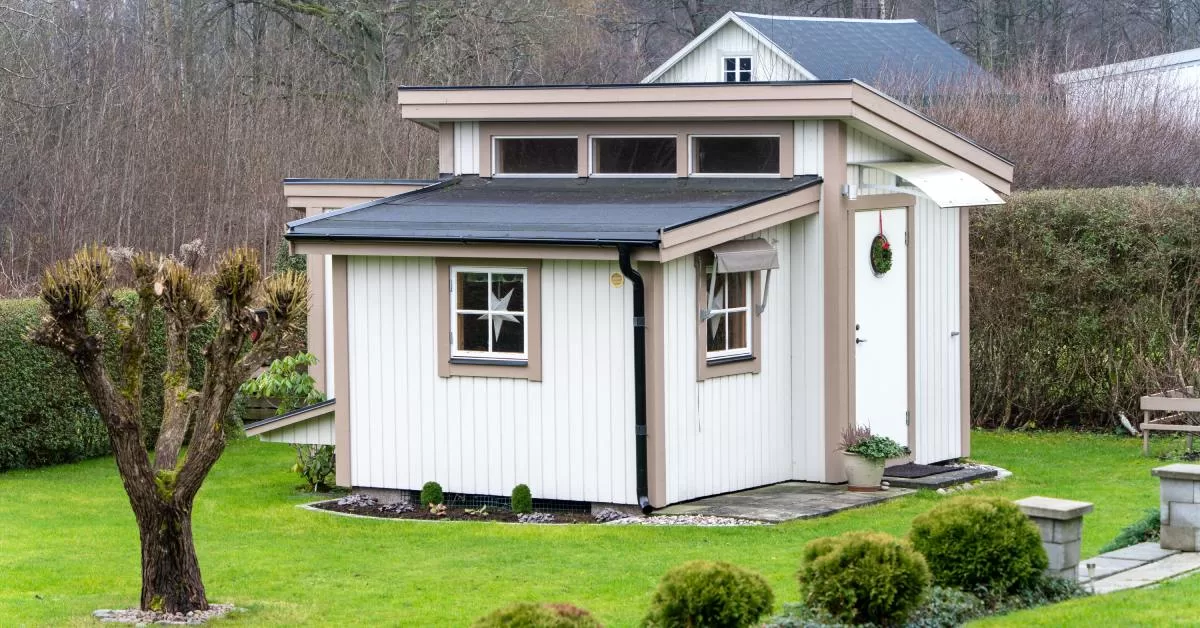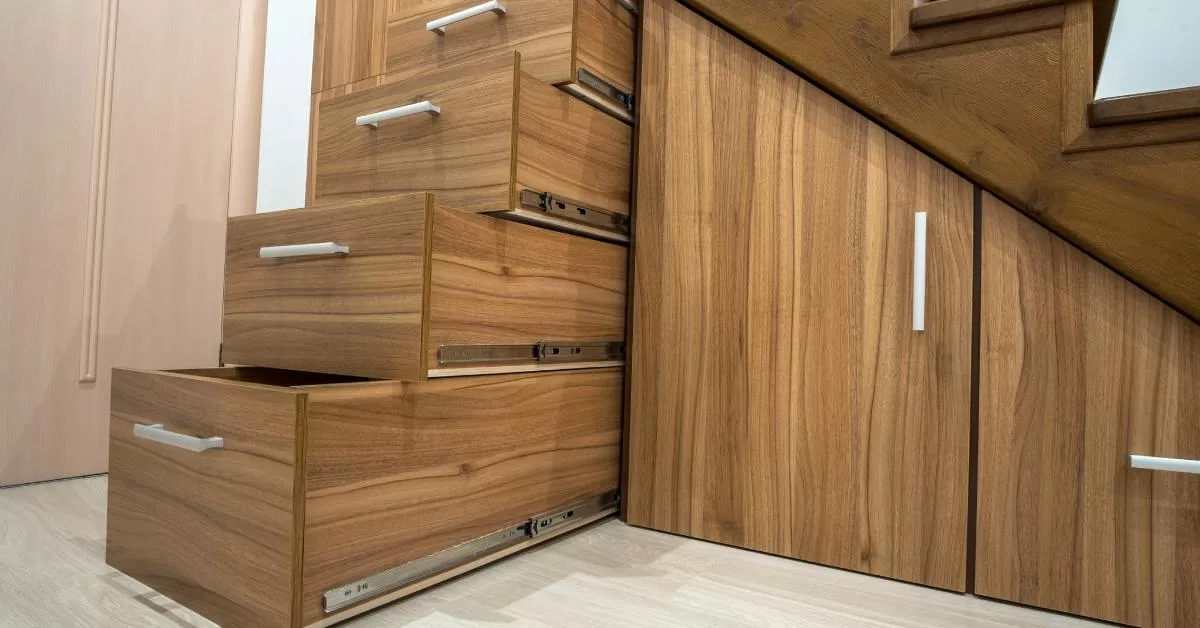Top Ways To Boost the ROI of Your Property

It’s easy to fall in love with a bold color palette or an ultra-modern layout, but when it comes to property value, aesthetics are only part of the equation. Strategic renovations that enhance function and increase usable square footage consistently offer better returns than upgrades driven purely by personal taste. Whether you're planning to sell in the next few years or simply want to protect your investment, it's critical to prioritize the types of improvements that increase long-term value, not just instant gratification.
The top ways to boost the ROI of your property often come down to how well you anticipate both current needs and future appeal. Here’s how to make smart choices that hold their value.
Finish a Basement the Right Way
A finished basement can add significant livable space without the cost of building out. According to the National Association of Realtors, basement renovations can return up to 70 percent of their cost at resale, depending on layout and quality of finishes.
Basement renovations need to account for more than just flooring and lighting. A livable basement requires proper ceiling height (usually at least seven feet), safe egress points in case of emergencies, and effective moisture mitigation to prevent mold or water damage.
Buyers look for basements that feel like a natural extension of the home, not a hastily converted storage area. Taking the time to address ventilation, insulation, and layout will increase both usability and resale appeal.
Build a Legal ADU
Accessory dwelling units (ADUs) are among the most versatile and worthwhile additions a homeowner can make to their property. Whether used as long-term rentals, guesthouses, or housing for aging family members, ADUs offer both functionality and financial potential. When built to code, these units can dramatically increase resale value, especially in areas with a growing demand for flexible housing.
In places like Louisville, Kentucky, where multigenerational living and supplemental income streams are on the rise, properly permitted ADUs are in high demand. But zoning laws vary by city and county, so it's critical to verify local requirements before construction begins. This includes setbacks, height restrictions, and utility connections.
Beyond legality, a well-designed ADU should maximize privacy, include a full bathroom and kitchenette, and feel self-contained. Buyers increasingly view these units as valuable assets, not just extra space.

Add a Flex Room With Purpose
Prospective buyers are enticed to homes that offer usable space without locking them into a single layout. A well-designed flex room provides just that—room to evolve with changing needs.
Versatility starts with smart infrastructure. Instead of committing to one function, incorporate features such as floor outlets, built-in shelving, or a fold-down Murphy bed that accommodates both work and rest. Acoustic insulation and layered lighting enhance usability, whether the room ends up as a study, a guest suite, or a playroom.
These small upgrades can set a flex room apart in a competitive real estate market.
Plan a Room Addition That Flows
Adding square footage can increase home value, but only if it feels intentional. A poorly planned addition that clashes with the home’s structure or style can actually deter buyers. To protect your investment, focus on seamless integration. That means matching rooflines, continuing existing flooring where possible, and aligning new windows or doors with the home's current layout.
Popular room additions include expanded family rooms, new primary suites, or light-filled sunrooms. Each has the potential to boost value, but only when designed with consideration for flow and proportion. Foundation work, HVAC expansion, and insulation all play a crucial role in ensuring that the space functions seamlessly, as if it were always an integral part of the original home.
When the transition from old to new is smooth, buyers see added space, not added complexity.
Create Covered Outdoor Living Space
Outdoor areas that offer shelter and comfort are increasingly seen as essential. Patios, screen rooms, and covered decks can serve as true extensions of indoor living, especially when equipped with ceiling fans, integrated lighting, and all-season flooring.
Value climbs when these spaces feel accessible year-round. A roofed structure adds protection from the elements, while electricity opens the door to entertainment systems or heating options. Screened enclosures offer extra appeal in humid or buggy climates.
When designed well, these areas enhance livability without the full cost of an interior addition.
Design With Function First
Good design starts with how people actually live in a space. In custom home remodeling, function should always take priority over fleeting trends. Future buyers will appreciate features that simplify daily life far more than bold aesthetics that may not match their taste.
Think beyond appearances. Built-in cabinetry, hidden storage, or layout flexibility can significantly improve a home's functionality. Wide walkways, smart traffic flow, and intuitive room connections all play a part in how a space feels.
A remodel grounded in function continues to pay dividends, no matter who holds the keys.

Avoid Overbuilding for Your Area
Adding square footage or luxury finishes can feel like a smart investment, until the home outpaces its neighborhood. Every area has a price ceiling, and exceeding it can shrink your pool of potential buyers.
Before breaking ground on a major renovation, check recent comparable sales. A $150,000 room addition may not pay off if surrounding homes top out at $350,000. High-end customizations should be carefully weighed against what the market can support.
The goal is to improve your home without pricing it out of its surroundings.
Prioritize Permitting and Compliance
Renovations that ignore local codes can come back to haunt homeowners during appraisal, sale, or routine maintenance. Additions, ADUs, and finished basements often trigger building code requirements, particularly when plumbing, egress, or electrical systems are involved.
Unpermitted work can lower a home’s value, delay closings, and open homeowners up to fines or forced removals. Before any work begins, build a code review into any planning phase. Verifying zoning limits, structural thresholds, and inspection timelines ensures your improvements will hold up legally and financially.
Choose the Right Contractor
Even the top ways to boost the ROI of your property will fall short without expert execution. Material quality, craftsmanship, and adherence to code all influence how well an investment performs in the long run.
Distinctive Design Remodeling brings years of hands-on experience and a reputation for excellence to every project. As a nationally ranked general contractor serving Lexington and Louisville, Kentucky, we specialize in custom-built garages, ADUs, finished basements, covered patios, and room additions. Every project is delivered using high-quality materials and meticulous attention to detail.
